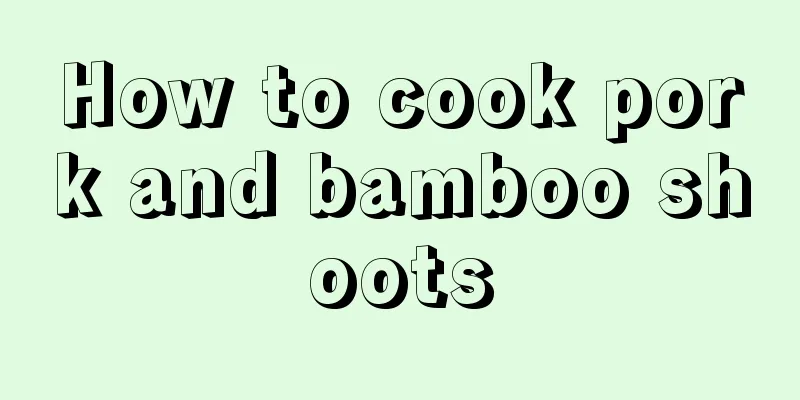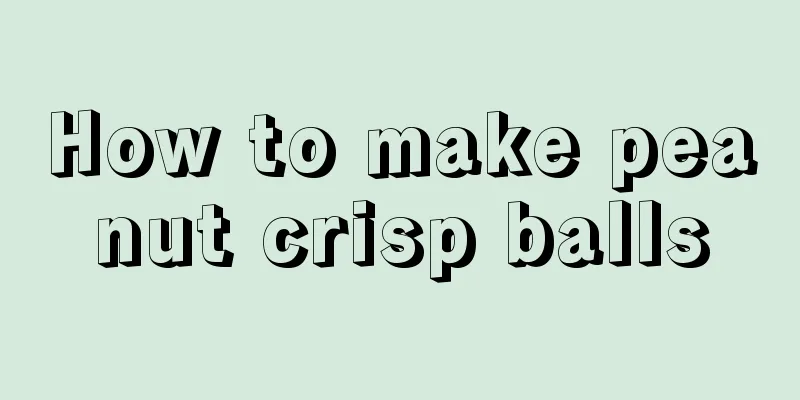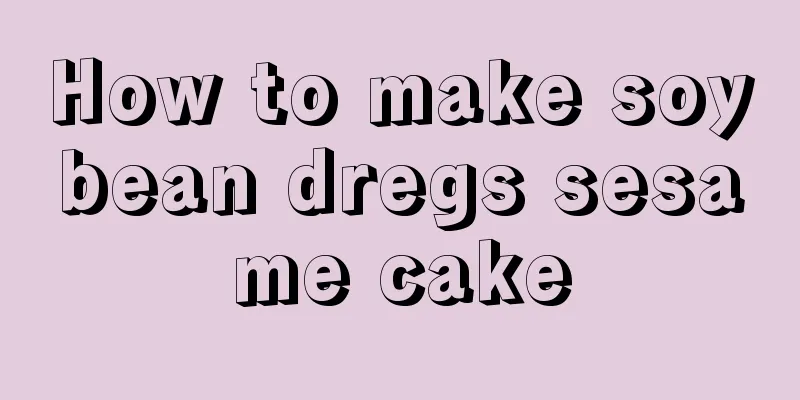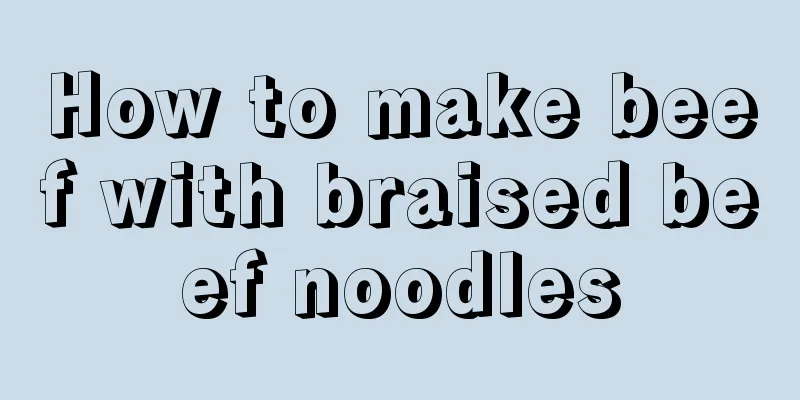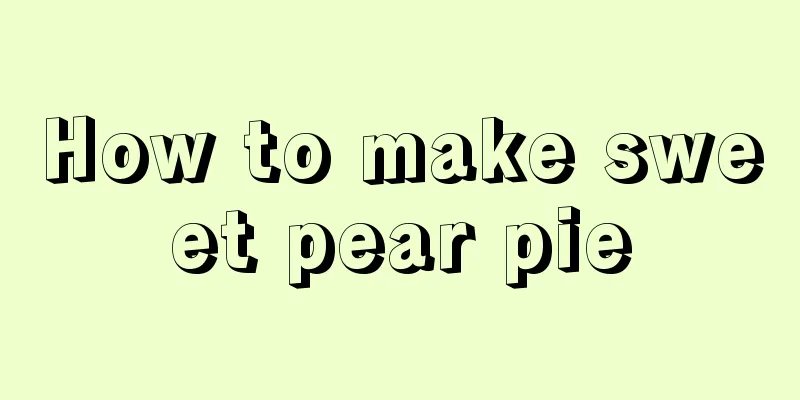Should I use high or low heat when cooking?
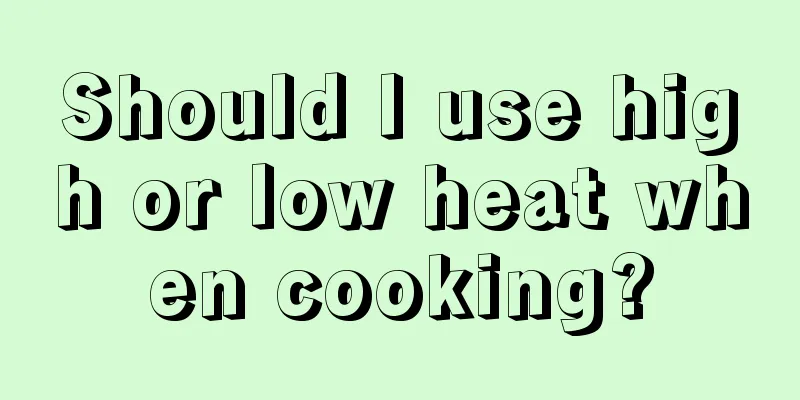
|
Good chefs pay attention to the timing of heat. In fact, with the same ingredients and the same cooking master, the taste of the food produced can be quite different. The biggest difference is the heat. Whether you can control the cooking temperature of various foods largely determines the taste of the food. So should you use high heat or low heat when cooking? What should we pay attention to when controlling the heat when cooking? Let us take a brief look at it below. Heat refers to the amount of fire and time used in the cooking process. When cooking, on the one hand, we need to identify the size of the fire from the intensity of combustion, and on the other hand, we need to determine the length of the cooking time based on the nature of the raw materials. Only when the two are combined can the dish meet the requirements. Classification of fire (firepower) Mastering the classification of heat refers to the appropriate use of various types of fire, scientifically and rationally mastering the length of time for using various types of fire, and its effect on cooking dishes. 1. Fierce fire: also known as strong fire, strong fire, and urgent fire. 2. Middle fire: also known as Wenwu fire. 3. Slow fire: also called low fire or simmering fire. 4. Micro fire: also called weak fire. The importance of mastering the heat: 1. Accurately control the firepower and duration to make the ingredients just right and avoid undercooking or overcooking. 2. After the ingredients of general dishes are heated, some of the nutrients will be decomposed, so using the heat properly can reduce the loss of nutrients. 3. If the heat is not enough, the dishes cannot be heated to the required temperature and the bacteria in the raw materials cannot be killed. Therefore, controlling the heat well has the effect of sterilization and disinfection. How to control the heat of cooking Generally speaking, the amount of firepower used should be determined according to the properties of the raw materials, but it is not absolute. Some dishes require the use of two or more types of heat according to cooking requirements. For example, braised beef is first cooked on high heat and then on low heat; while poached fish jerky is first cooked on low heat and then on medium heat; and braised fish is first cooked on high heat, then on medium heat and finally on low heat. Therefore, when cooking, in order to use and control the heat well, you must pay attention to the relationship between the following factors. The relationship between heat and raw materials The ingredients of dishes are varied, some are old, some are tender, some are hard, and some are soft. The use of heat in cooking should be determined according to the texture of the ingredients. Soft, tender and crispy ingredients are usually cooked quickly over high heat; old, hard and tough ingredients are usually cooked over low heat for a long time. However, if the texture and characteristics of the raw materials are changed through preliminary processing before cooking, the use of heat must also be changed. For example, cutting the ingredients into small pieces, frying them, and blanching them can shorten the cooking time. The amount of raw materials is also related to the degree of heat. The smaller the number, the weaker the firepower will be and the shorter the time will be. The shape and size of the raw materials are also directly related to the temperature used. Generally speaking, when cooking large pieces of ingredients, they take a long time to mature due to their small heating area, so the fire should not be too strong. However, when cooking small pieces of ingredients, they can be cooked quickly due to their large heating area. 2. The relationship between fire temperature and conduction mode In cooking, fire conduction is the decisive factor that causes qualitative changes in cooking ingredients. The conduction method is through three heat transfer methods: radiation, conduction and convection. Heat transfer media can be divided into heat transfer without media and heat transfer with media, such as water, oil, steam, salt, sand, etc. These different heat transfer methods directly affect the use of heat in cooking. The relationship between the three heats and cooking techniques Cooking techniques are closely related to the use of heat. For example, techniques such as stir-frying, sautéing, cooking, and deep-frying are mostly done quickly over high heat; while techniques such as roasting, stewing, boiling, and braising are mostly done over low heat and for a long time. However, depending on the requirements of the dishes, the use of heat in each cooking technique is not static. Only by considering various factors in cooking can the heat be used correctly. |
>>: Can pregnant women eat bean paste?
Recommend
How to make coconut bread
Everyone is a foodie. If not, it’s because you ha...
What is the recipe for pickled soybeans?
In northern my country, it is okay if there is no...
How to make sausage and broad bean rice
For everyone, when they reach a certain age, they...
How to stir-fry colorful diced meat
The Internet is so developed that you can learn t...
How to make a mustache clown
Every time you visit friends or colleagues’ homes...
How to make raisin coffee ice cream
Many of us want to learn how to cook, but we don’...
How to make grilled sausage and egg fried rice
There are so many single men and women in society...
How to make coconut milk green bean paste
There are many ways to maintain health, and the s...
Avocado Banana Yogurt Recipe
Avocado banana yogurt has very high nutritional v...
How to make egg fried rice dumplings
For office workers, the time before holidays is d...
How to make hash browns
I get excited just thinking about the holidays. D...
How to use a bread machine to make pastries
People cannot live without food from the moment t...
How to make fruit dumplings
As someone who has been spoiled since childhood, ...
How to make beef curry stew
Eating out may seem to save you trouble on the su...
Pumpernickel Bread Recipe
People eat a lot of food in their lifetime. Only ...

